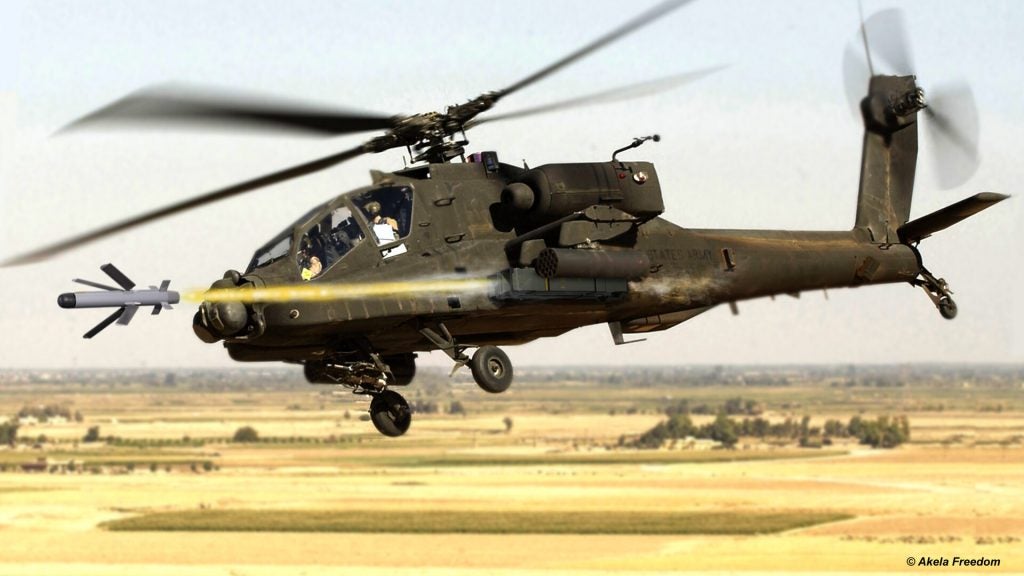Spike NLOS for America and the Failure of JAGM
Earlier this year it was confirmed that the US Army would be purchasing Spike Non-Line-Of-Sight (NLOS) to augment the Apache fleet’s ability to defeat hostile air defense systems by outranging them. The Army intends to take delivery of 205 such missiles over the course of 2021, to serve in an interim capacity until a purpose-built solution is ready. These will augment the Apache’s primary missile armament, the ubiquitous Hellfire and it’s younger brother Joint Air-to-Ground Missile (JAGM). While very capable weapons both are limited to a range of 8km which puts them inside the engagement envelope of Russian short-range air defenses such as Tor and Pantsir. With a range of more than 25km, Spike NLOS provides a dramatic extension to the Apache’s reach and allows targets to be engaged without exposing the aircraft. It’s important to note the weapon is intended to augment not replace short-range missiles like JAGM and will only be seen in small numbers.

The problem with this is that as of now the US Army pays more per round for JAGM than it does for the greater sophistication and capability of Spike NLOS. Despite being the “higher quantity” weapon JAGM clocks in at a gross unit cost of $324,000 compared to $221,000 for the small batch of Spike NLOS. Of course, Spike NLOS was procured off the shelf so the Army doesn’t need to shoulder the development cost but this fails to account for JAGM’s miserable development history.
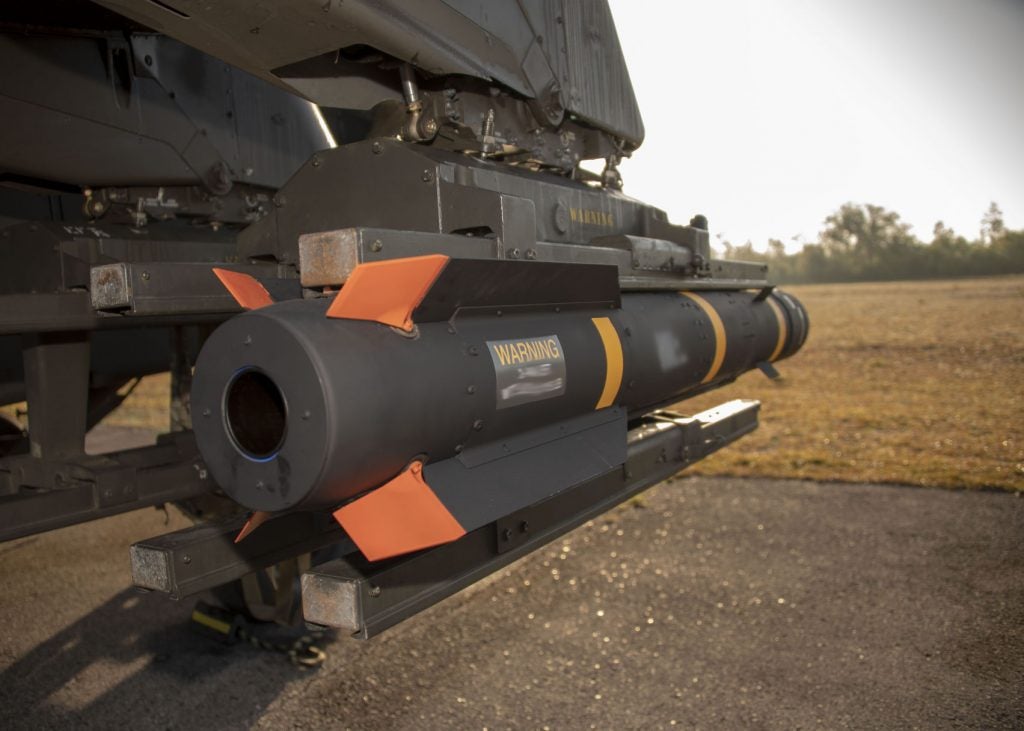
The program had its beginning in 2002 as the Joint Common Missile (JCM), intended to be a singular replacement for the TOW, Hellfire, and Maverick missiles used by the US Army, Navy, and Marine Corp. From the outset, the program was blindly optimistic. The US military expected a single missile the same size and weight as Hellfire (~50kg) to replace both TOW (20kg) as well as Maverick (220kg). This one size fits all approach also influenced guidance. The precision and simplicity of laser guidance were desired, but also the all-weather capability of radar and the flexibility of imaging infrared. In previous designs, only one guidance method was used but the JCM was to combine all three. Further, while Hellfire was designed for helicopters and Maverick for fast jets, JCM was to be carried by both.
A $1.6 billion contract was awarded to Lockheed Martin in May 2004 and then promptly cancelled 6 months later as costs of the occupation of Iraq loomed. After 3 years of lobbying the program was restarted as the JAGM, a more realistic incremental program that intended to still achieve the same results but slowly over time. Increment 1 was a straight forward Hellfire upgrade that added a new seeker to the in-production Hellfire Romeo. The seeker combined the radar of Longbow Hellfire and laser seeker from regular Hellfire to create a replacement for the whole Hellfire family.
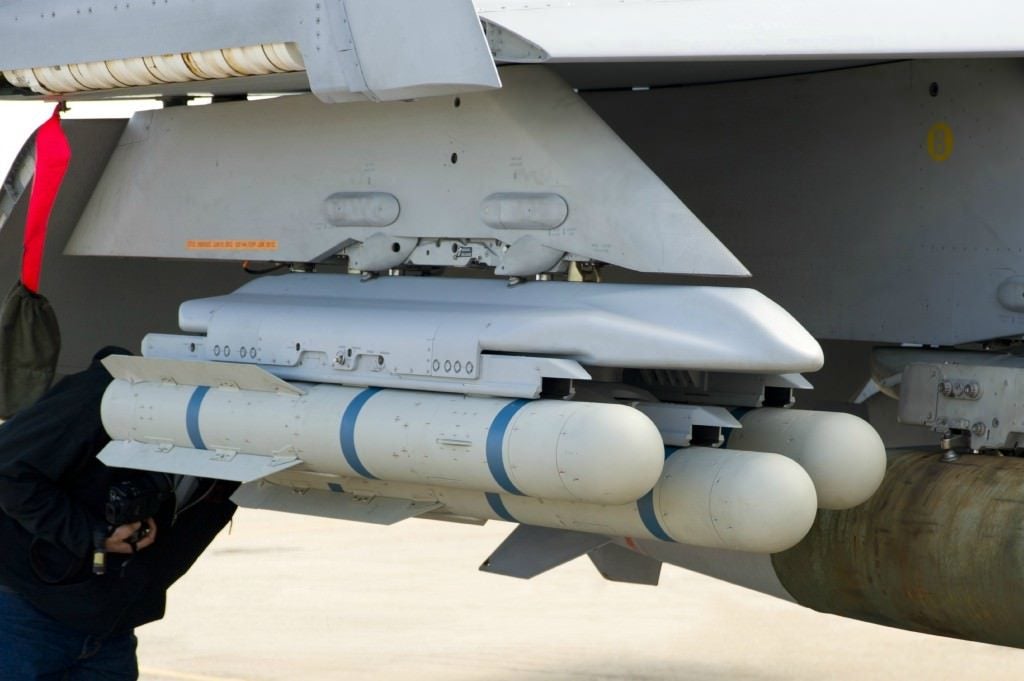
The development would stall once again resulting in the Navy abandoning the project, leaving the Army to struggle alone. And struggle it did, finally reaching production in 2018 after 10 years was spent installing a new seeker on an existing missile. Production difficulties led to a staggering gross unit cost over triple that of laser Hellfire (and double that of Longbow) resulting in the continuation of Hellfire production for the foreseeable future. In 2021, the Army will buy 4,517 Hellfires and 667 JAGMs, greatly highlighting the failure to replace Hellfire. Increments 2 and 3, which were to add the increased range and other capabilities promised in the original JCM program, have seemingly been abandoned. JAGM has merely become an expensive Longbow Hellfire upgraded with a laser seeker.
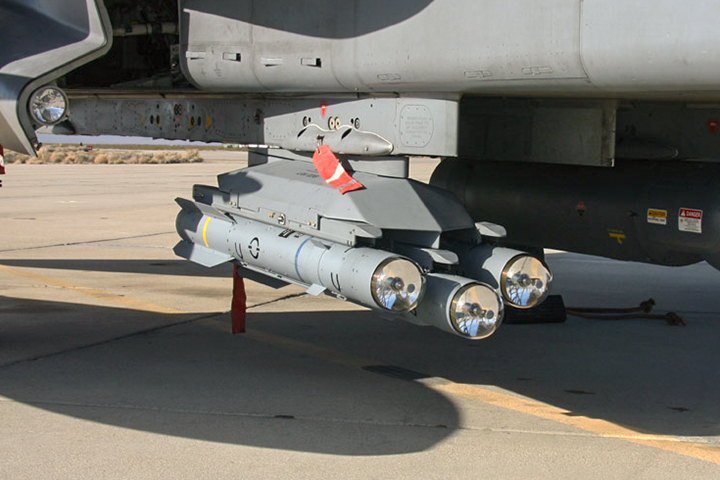
What makes this even more tragic is the existence of the British Dual-Mode Brimstone missile, which is nearly identical to JAGM except it was operational 10 years earlier. Entering service in 2016, Brimstone 2 took this further and achieved the range desired by JCM as well as the ability to be carried on both fast jets and helicopters. If the US had chosen to adapt Brimstone to its needs a great deal of time and money could have been saved as well as strengthening industrial ties with the UK. Instead, Lockheed Martin was allowed to proceed with the wasteful JAGM program.
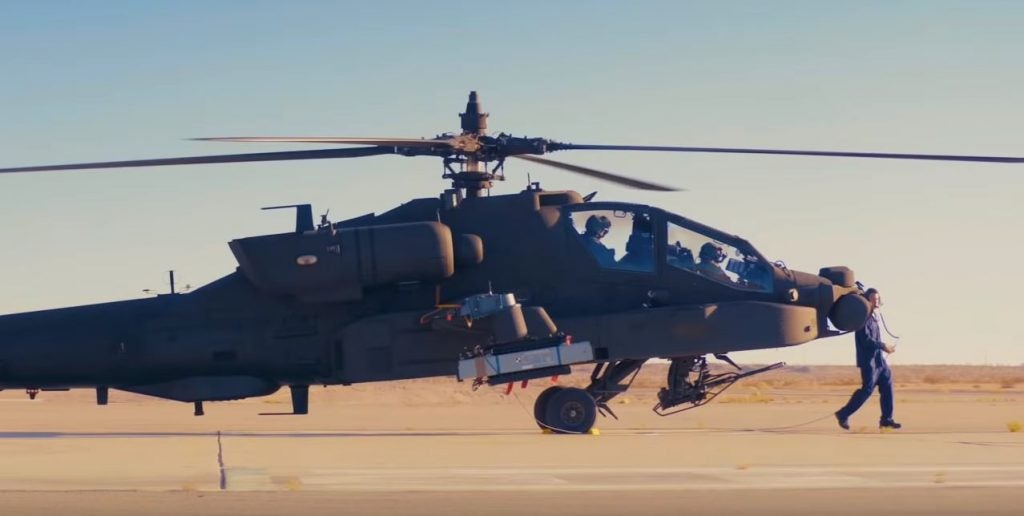
We may see this once again with Spike NLOS and the Long Range Precision Munition program that is following it. Rather than adopt the cost-efficient foreign solution the Army will likely give Lockheed Martin, Raytheon, or Northrop Grumman the opportunity to inevitably drive up costs. Likely the all-weather performance of Spike NLOS’ IIR seeker won’t be sufficient for Army requirements necessitating the installation of radar as on JAGM. Unless the cost of JAGM can be driven down it may fall towards redundancy.

